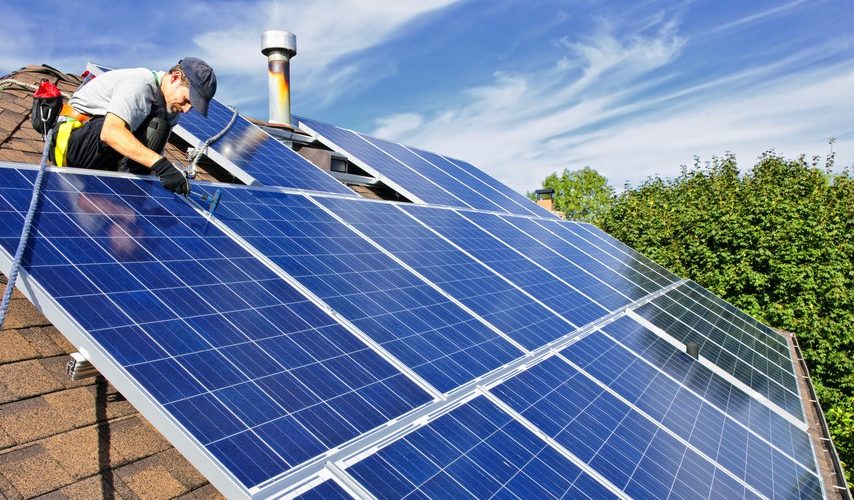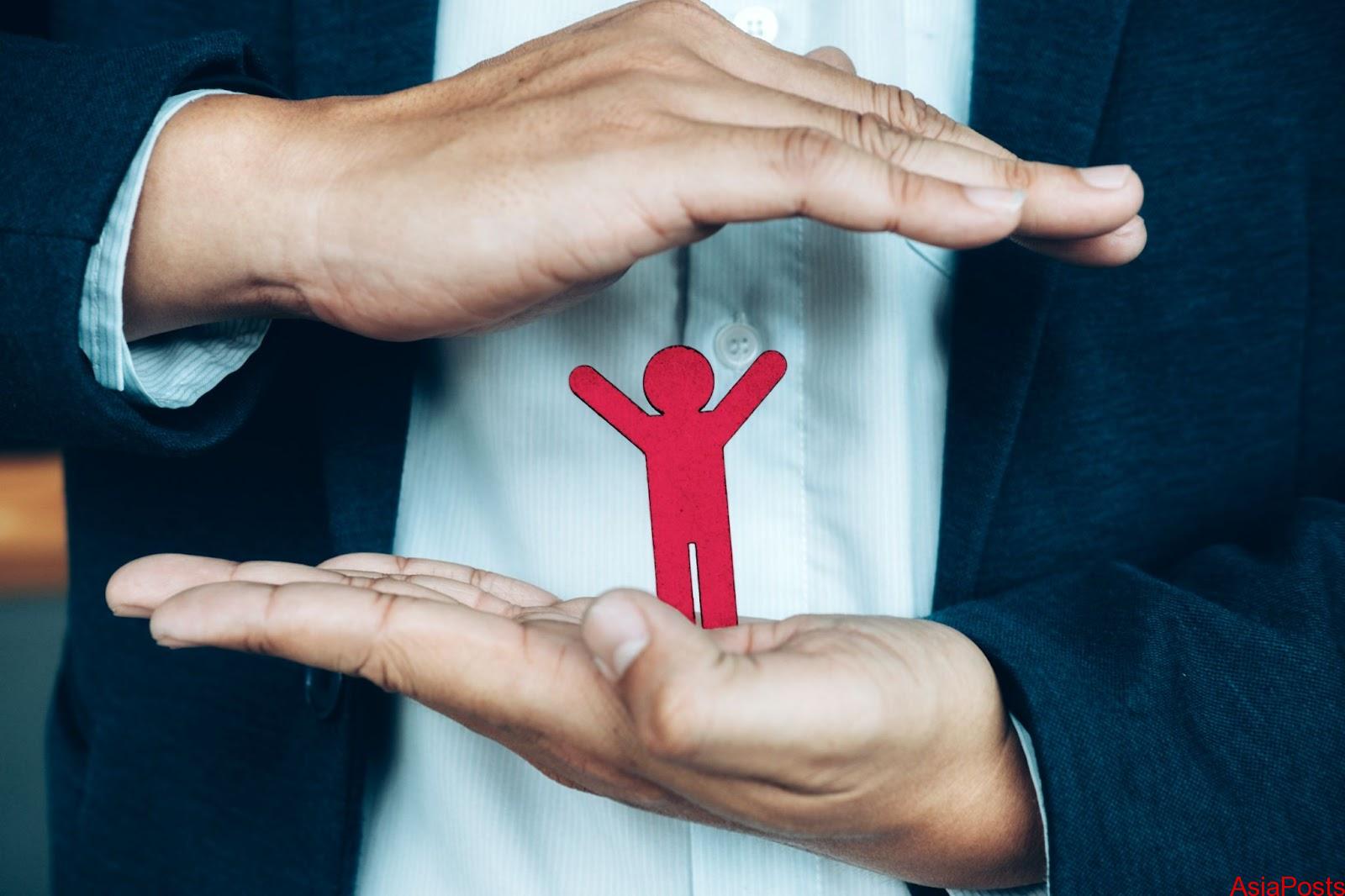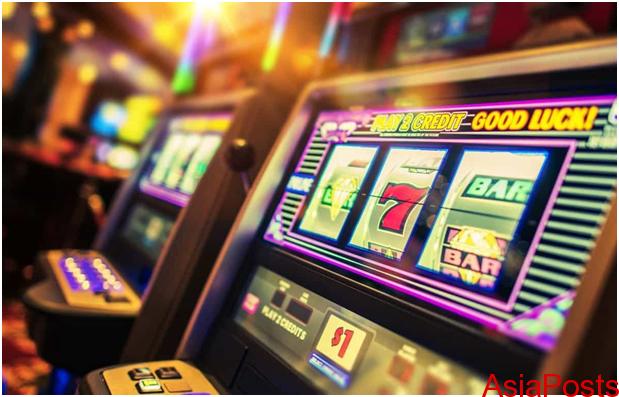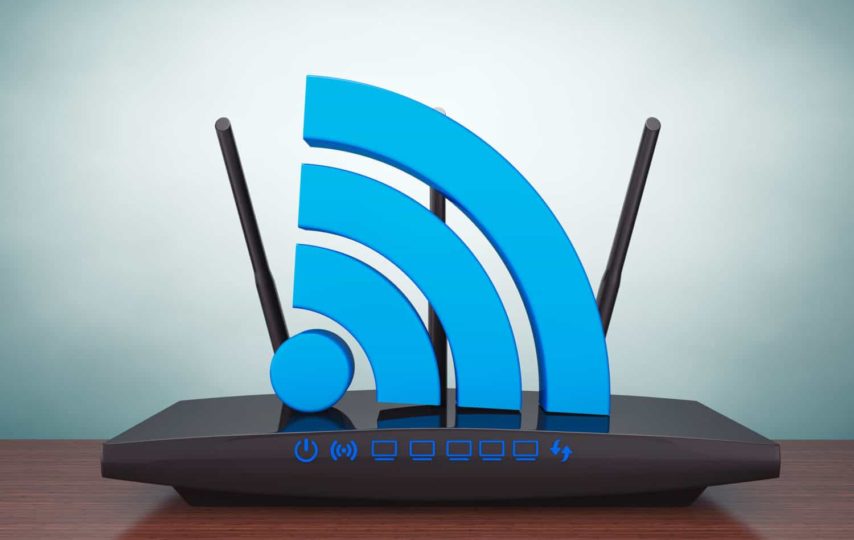The quick answer to the question, “How long do solar panels last?” is that solar panels may be expected to power a house for an average of 25 to 30 years. The lengthy answer is a little more complicated since solar panels may continue to provide electricity much after that date, depending on environmental variables and how well you repair and maintain your solar energy system.
Can We Accurately Estimate the Lifespan of Solar Panels?
Considering that most homes want solar PV (photovoltaic) power to minimize their energy expenses, it is reasonable that you would want to estimate the lifespan of your solar panels. If you can precisely estimate the lifespan of solar panels, you can evaluate their long-term worth.
The difficulty with discussing solar panel longevity is that solar panels provide a different quantity of energy for 20 years and then cease providing electricity. Instead, they deteriorate progressively over time, releasing less and less energy as they age. Then, homeowners must assess whether replacing these outdated panels with new ones is worthwhile to restore optimal energy production.
The industry chooses 25 years as the typical solar panel lifetime since statistics indicate how long most homeowners continue to obtain adequate energy output from their panels. Therefore, the average lifespan of solar panels is around 25 years.
Lifespan Determinants of Solar Panels
The estimated lifetime of your solar panels is affected by various variables, including the equipment you purchase, location, and maintenance.
- Age of Solar Panels
You may wonder how long your solar panels can match your usage if you have one. Start with the normal 25-year term and calculate from there.
With proper maintenance, your system may go long beyond 25 years. However, solar panels have a 25-year lifespan, so you should start planning for replacements around that time.
Generally, panels of higher quality have a longer life since they lose their energy-generating capacity at a slower pace. An important benefit of investing in solar panels of better quality for your first solar installation is that you may anticipate adequate energy production for a few years.
- Climate Conditions
Your panels will respond differently to various weather conditions, including:
Wind – While wind seldom directly impacts the efficiency of solar panels, strong winds may cause the system to shake. The parts keeping the panels in place may become loose if these vibrations persist for a long time and at any frequency; this might eventually result in various kinds of damage.
Rain – If the panels are not mounted at a steep enough angle, rain might collect on them and damage them. Solar panels’ capacity to produce power will decline due to corrosion over time.
Heat – When your solar panel is exposed to intense heat, the seals may deteriorate and start to leak water. If there is permeating moisture, discolouration is another result of exposure to extreme heat, which may eventually reduce the effectiveness of solar panels.
Snow – Similar to heat, the freezing temperatures of snow may cause solar panel frames to stretch, fracture, and otherwise deform. If this occurs, you’ll probably notice less power coming from your solar panels.
- History of maintenance and services
It is important to undertake routine maintenance and inspections on your system since solar panels’ maintenance and repair history might affect their estimated lifespan. Early detection of problems may help increase the lifespan of your solar power system, which is an excellent incentive to engage in routine solar panel monitoring and maintenance.
- Geographical
Location may impact the efficiency and durability of solar panels and power systems. If you reside in a region where summers are often very hot, and winters are typically quite cold, solar panels may degrade more quickly.
How many companys manufacture solar power systems?
Solar panel deterioration, also known as the solar panel degradation rate, must be considered when attempting to determine the average lifespan of solar panels. The solar panel degradation rate quantifies the gradual and persistent deterioration that your panels will suffer during their life owing to variables such as age, weather, and servicing history.
All solar power system panels degrade with time, regardless of their kind. Solar panels generate less power with the same quantity of sunshine as they age. The consequence of several causes, including the natural decrease in chemical strength with time.
In general, high-quality, high-efficiency panels have a reduced rate of deterioration, while low-quality panels have a larger rate of degradation. The lower the deterioration rate of a solar panel, the more electricity it will generate during its lifespan.
Depending on the age of your panels, deterioration typically removes between 0.3% and 1.0% of a panel’s efficiency yearly. According to research conducted by the National Renewable Energy Laboratory (NREL), solar panels degrade by an average of 0.5% yearly.
Other Degradable Solar Power Components
While solar panels normally have a lifespan of at least 25 years, this does not imply that your setup will be problem-free for the duration.
Other components of your solar power system, such as inverters, wiring, racking, and add-ons like solar battery storage, all degrade with time and need frequent servicing, maintenance, and replacement.
List of Solar-Powered Inventions
- Solar Inverters
Although Solar panel insurance is sometimes more obvious than solar panels, yet is as important to the overall operation of the system. When solar panels collect sunlight, they transmit the energy to the inverter and transform the DC from the panels into usable AC power for your house.
If your solar panels cannot generate enough electricity to satisfy your demands, the inverter will pull energy from the grid to fulfil the excess demand. In addition, if you are qualified for net metering, inverters may also transmit additional energy from your system back into the grid.
It is crucial to know that the typical inverter has a lifetime of 10 to 12 years, so you will likely need to change it at least once throughout the normal solar panel lifespan. Therefore, it is essential to maintain inverters to remain in optimal functioning condition and not need replacement more often during the system’s lifetime.
- Wiring
As your solar panels collect sunlight, they depend on a network of cables to carry the electricity to the inverter, which transmits power to your house through wires if there is any damage to the wiring, particularly between the panel and the inverter.
- Physical Assistance (Racking)
Various physical supports, known as racking, are used to keep solar panels securely in place on your roof. These supports and your solar panels are exposed to elements, especially snow, rain, and high temperatures so that they may deteriorate with time. When windy, more force is exerted on your panel rack, which might cause serious damage to other components.
- Solar Batteries
Solar batteries allow you to maximize the potential of your system by storing excess energy for later use. However, because solar batteries store surplus power, their average lifetime is approximately 10 years, and they will often need to be replaced before your solar panels.
How Can I Increase the Solar Panels’ Life Expectancy?
You can manage how your solar panel system loses efficiency over time. Good maintenance routines may help you spot and fix concerns early, saving further harm. If you can account for panel efficiency loss early, you can avoid long-term issues.
If properly maintained, your solar panel system may provide steady power for decades.
- Clean Solar Panels
Covering the solar panel reduces its sunlight absorption and generating capabilities. Pollen, bird droppings, leaves, and dust may harm panel glass or electrical components.
Thus, clean your solar panels annually or more often if you reside in a polluted location. Optimizes solar power generation efficiency.
- Hire Solar Professionals
To keep your solar panels producing at their best, use specialists to check and fix any issues. Solar service specialists from reputable solar providers can repair or replace broken components to get you back up and running fast.









































